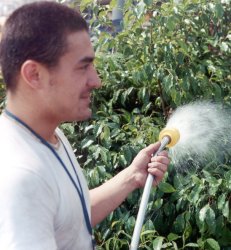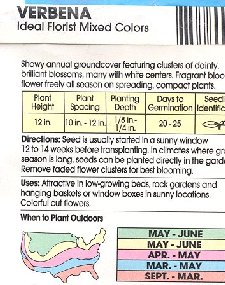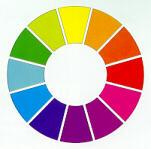gardening tips
Tomatoes
Plant Doctor Blog
Going Green
Starting a Garden
Lawn Care
Spring Bulbs
Roses
Want to
Buy?
Plants
Garden Books
Tools & Acc.
Garden Books
Tools & Acc.
Written with netscape composer.
Author does not claim master
gardener status.
Please click ads to support this site.
Garden Tips and Links
Top
gardener status.
flower gardening gifts and magazines for birthdays, mother's day and weddings
Please click ads to support this site.

Watering with a water wand is a gentle way of hand watering with a hose.  |
Sprinklers cover large areas but use large amounts of water. Some spots get more than others. The wind can cause bad distribution and rapid evaporation. Sprinklers that oscillate are best used for yards and large flower beds. Better coverage can be achieved by moving the sprinkler every 15 to 30 minutes. Sprinkler hoses, with many small holes that allow small streams to squirt out, are a little slower but give one more control. Good for narrow beds. Large beds require many feet of hose. Soaker hoses, with numerous small pores, efficiently use water, but they take a long time and water only a narrow band, about eight inches gets water. They are best used by snaking them along larger plants and shrubs. Watering is best during cooler parts of the day. About an inch a week is needed during the growing season. Gardeners should take the watering requirements of various plants, some require much more than others. Expect to water three times a week during the hottest periods. |
 |
If you can, pull down the pot. If you find a very dense ball of roots, the plant is root bound and won't do as well. Look for healthy roots that don't fill the pot completely. Plants that are just opening their buds are a better choice than those in full bloom the color will last longer. If a plant is showing fresh new growth (which is usually lighter in color), it is an indication of health. If a plant has been grown in too little light, the stems are elongated and the leaves are widely spaced. Choosing the colors and varieties of flowers lets you express your personality and artisitic preferences or whatever looks fun to you. A color wheel is a diagramatic way of showing relationships between colors. Colors on the right side of the wheel are warm. Colors on the left side are cool. Colors adjacent to one another are analogous. Opposite colors are complementary.
|
What is important to gardeners, is how colors clash with or complement one another and the distinction between warm and cool colors.
|
The first frost averages November 4. But those are just averages. In 1999, the killing frost didn't happen until November 24. The season can be extended by protecting plants on frosty nights. You can also start early by planting indoors in pots a few weeks before it is safe to put plants outside. Jiffy pots made of compressed peat moss are convenient way to start early. Put starting mix or potting soil in them, plant the seeds, water them, and set by a sunny window. When the plants reach four inches, set outdoors. The pot will rot and the roots will grow through it into the soil. Plants are rated by zone as to the winter cold they can withstand. Oklahoma City is in zone 7. Plants rated 1-7 should survive winters there. |

The back of seed packages
|

Garden fork, spade, and trowel |
A rake can be used to level and smooth the bed. Carefully hand pull weeds that are close to a flower. Plant roots grow most easily in soil that is kept loose, they need air as well as water and soil. Sprays are also an option for weed control. |
|
One of the most helpful techniques a gardener can use is mulching. Adding a few inches of organic material such as wood chips or grass clippings to the top of the soil has a number of benefits. |
|
|
Most soils are either sandy or mostly clay. The best way to improve either is to add large amounts of organic material - manure and all that crap. It improves the fertility and helps hold moisture as well as making the soil easier to cultivate. |
Compost
is partially rotted material, manure, grass clippings, leaves, newspaper,
etc. You can buy bags of compost that contain no weed seeds from a garden
center or just make your own.
A compost pile, usually about four feet by four, is a stack of organic material left to decompose. Keeping it slightly moist and mixing the pile monthly speeds the process. Expect it to take six months to a year. Mix the compost into the bed before planting. |
 |
I tend to be a little more laid back. If a plant comes under constant attack, I tend to grow another type next year. I do launch a low scale guerilla war by trying natural techniques, and occasionally I even try chemicals. |
